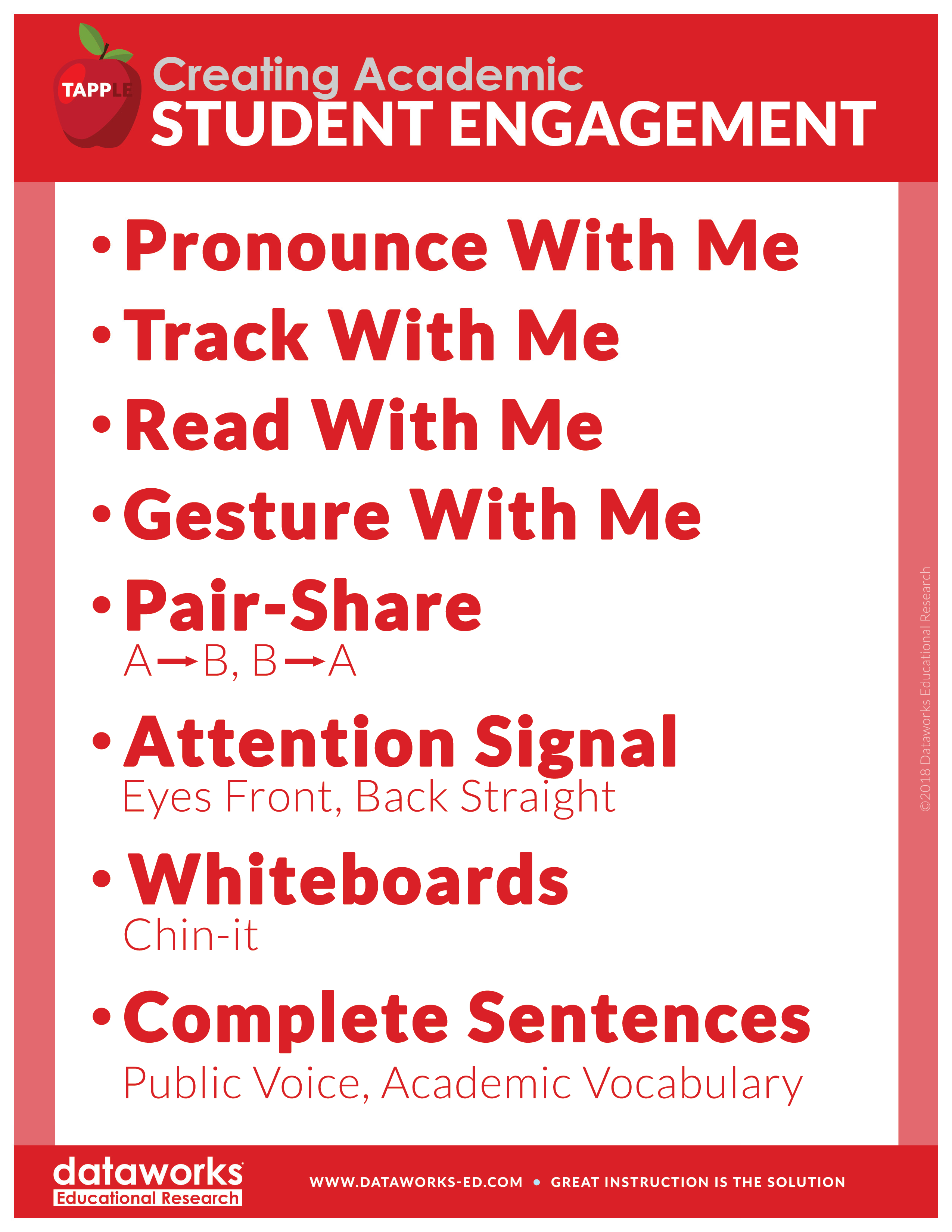EDI & Engagement Norms
At Mundaring Primary School we adopt the Explicit Direct Instruction model (Ybarra and Hollingsworth).
- Learning Objective – Clearly communicate learning intentions and success criteria to provide purpose and clarity of expected learning.
- Activating Prior Knowledge - Review prior learning to provide opportunities for students to recall learning from previous lessons and life experiences.
- Daily reviews – A short revision of concepts that have already been covered.
- Concept Development - Teachers demonstrate and / or model using clear and concise language to introduce the new concept or skill.
- Skill Development - Teachers provide scaffolds and direction to engage students in using new concepts or skill development during focussed instruction.
- Guided Practice - Students consolidate understanding through discussion, working with peers, while the teacher provides support and feedback.
- Independent learning – Students apply the learning from the lesson to independent practise activities.
- Relevance – Teachers connect the new information to previous learning to make meaning for the students.
Closure – Teachers link the learning intention to the plenary. Teachers need to ensure the children are coming away with exactly the learning they have intended for the lesson with a final check for understanding. It can also be a time of student reflection about the lesson and how well the students feel they have achieved the lesson outcomes.
Continuous Checking for Understanding (CFU), implemented properly, is the backbone of effective instruction. Most educators are already familiar with the words "Checking for Understanding." In fact, almost every observation, coaching, or evaluation form ever written contains words to that effect. In Explicit Direct Instruction, there is a very explicit method of Checking for Understanding that will make teaching even better as teachers monitor student learning in real time.
Engagement Norms
Research states that teachers CREATE engagement in classrooms when they ASK STUDENTS TO DO SOMETHING.
For this reason, the Student Engagement Norms should be used in every class, during every lesson, all day long.
Each of the norms facilitates the learning process. Pronounce, track, read, gesture, and pair-share are all ways that students will interact with the content in a meaningful way. The last three items on the engagement norms are specific classroom management techniques that support all this teacher-student interaction.
Pronounce with me – Supports all students with help pronouncing difficult vocabulary
Track with me – Helps students begin to read new words by connecting the words they hear to the written words
Read with me – Gives student opportunity to read the words
Gesture with me – Stores information in multiple pathways in the brain by incorporating a kinesthetic movement.
Pair-share – Processes information by sharing with a partner. Provides students with an opportunity to vocalize their response in their own words.
Attention Signal – Helps cut down lost instructional time by refocusing the class with a simple command.
Whiteboard – Check to determine if students are learning and thinking so that the correct effective feedback can be provided.
Complete Sentences – Require students to respond using the newly introduced academic vocabulary

© Copyright Mundaring Primary School
